From the Editor: Falling in Love with the Willamette River

The new Cathedral Park swimming dock.
When I moved to Portland seven years ago, my then-partner lived in St. Johns, a five-minute walk from Cathedral Park. He worked weekends, so I often spent summer Saturdays the same way: I’d start at the St. Johns Farmers Market, drop my tomatoes and melons and peaches at his apartment, and then wander down the steep slope of the park to lie on a blanket and read a book. I remember staring out at the Willamette from my spot in the grass, wondering why no one seemed interested in swimming, despite our proximity to refreshingly cold water on an 80-degree day.
I understood as soon as I finally made it down to the shore. Rusty wires, broken glass, and a reef of jagged concrete and cinder block littered the beach; anyone braving a dip would want seriously thick-soled water socks. The bobbing dock appeared to be rotting, an unappealing spot for a hop in the water. “Too bad,” I thought to myself, as if the human-dumped junk on this river were some immovable reality, inevitable, out of our control.
So, after I read managing editor Margaret Seiler’s piece on Cathedral Park’s cleanup and upgraded swim dock last summer, I drove to my old haunt, swimsuit under my sundress. I marveled at the clear beach, the ritzy new dock lined with ladders. Volunteers had cleared the shore over the years, removing 125 tons of strewn concrete in 2023 alone. It was a potent reminder of what it means to invest in your community—this neighborhood now has a barrier-free swimming hole near one of the city’s most beautiful bridges. And just downriver, Mosquito Fleet runs a kayak lending library, so locals can borrow a boat and explore this river themselves. Imagine cooling off between sets during the Cathedral Park Jazz Festival or cannonballing into the water following an afternoon run—2018 Brooke would have killed for a few morning laps on a lazy July Saturday.
In How to Do Nothing, Jenny Odell writes about what it means to know your neighbors. She means human neighbors, but also the animals and plants in your geographic vicinity, the creatures with whom you share a sliver of this planet. Learning the names of the trees and birds and bugs around you helps you feel connected to your immediate ecosystem; it motivates you to try to save it or at least care for it. As we worked on our summer issue, packed with references to the Willamette, I found myself thinking about the river in the same way: as a neighbor, a friend, something worth protecting and knowing more intimately.
In March, I bought a house in St. Johns, a nine-minute bike ride away from the river. As soon as the weather warms, I’m diving in.
Brooke Jackson-Glidden
Editor in chief
Share this content:
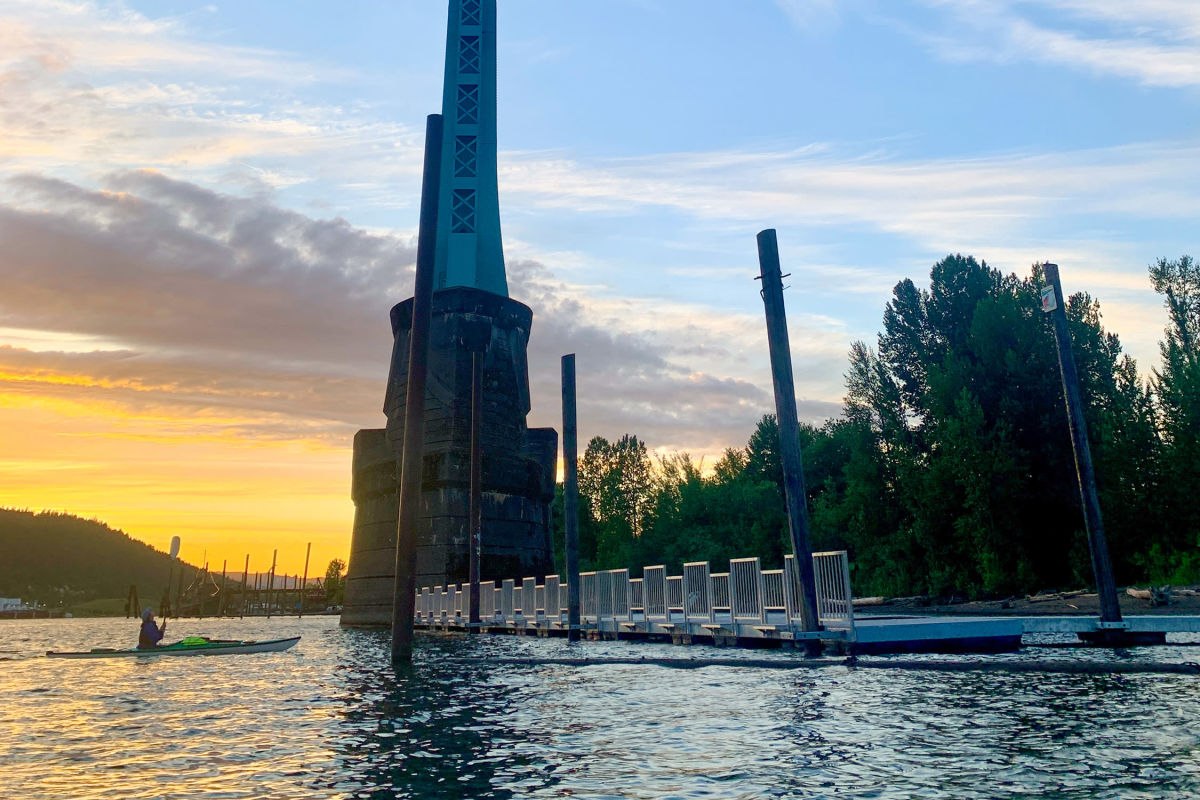

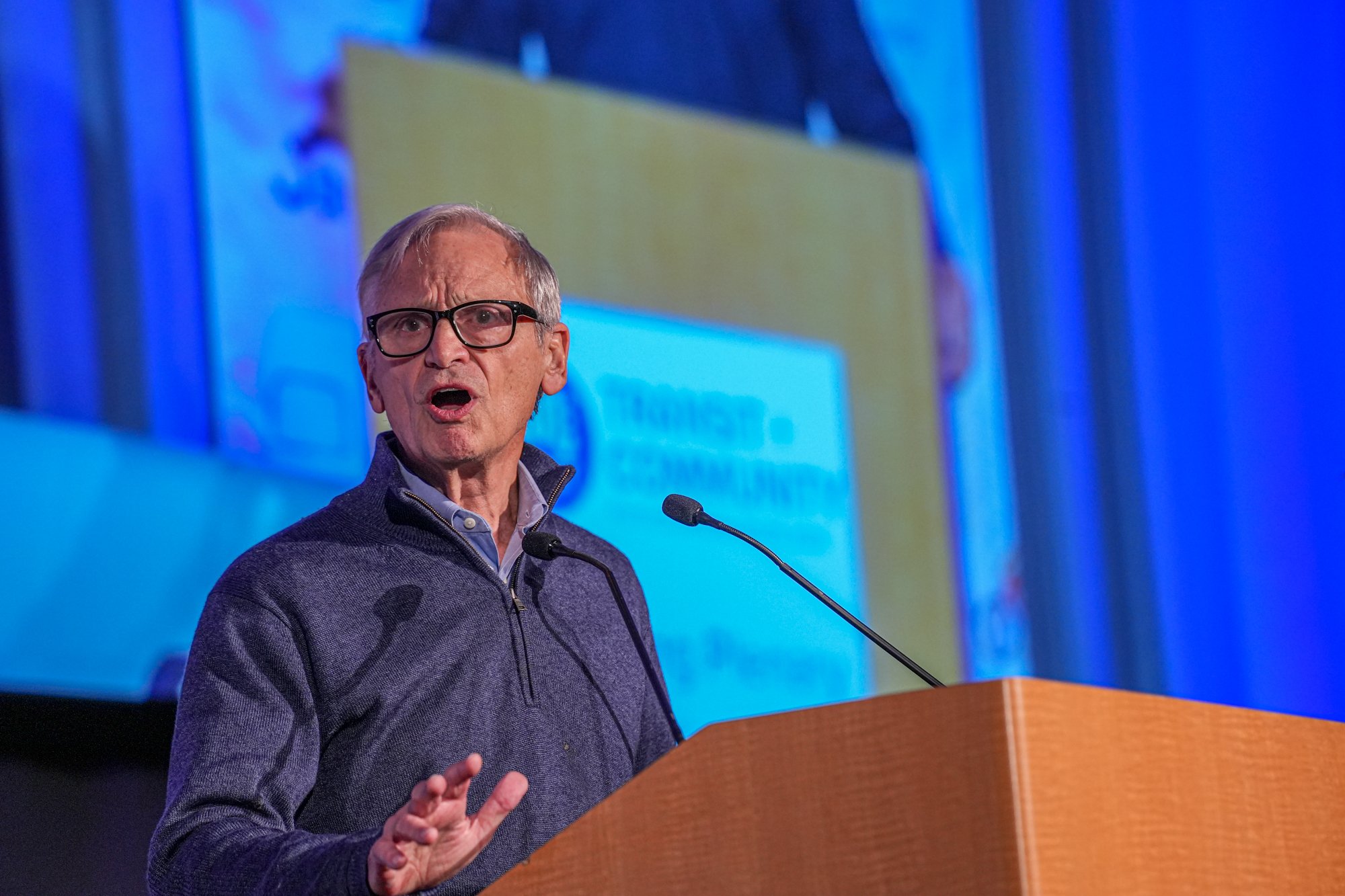
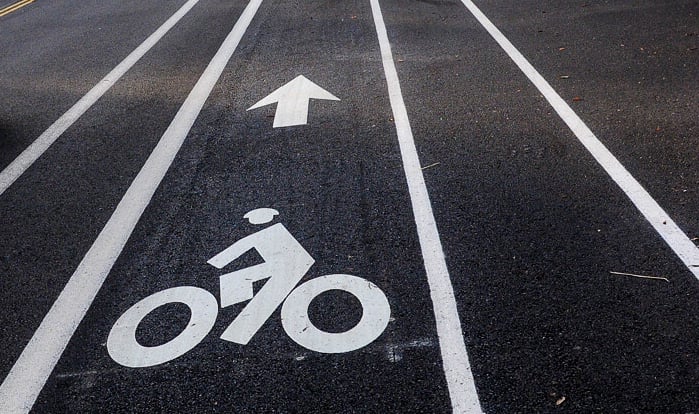
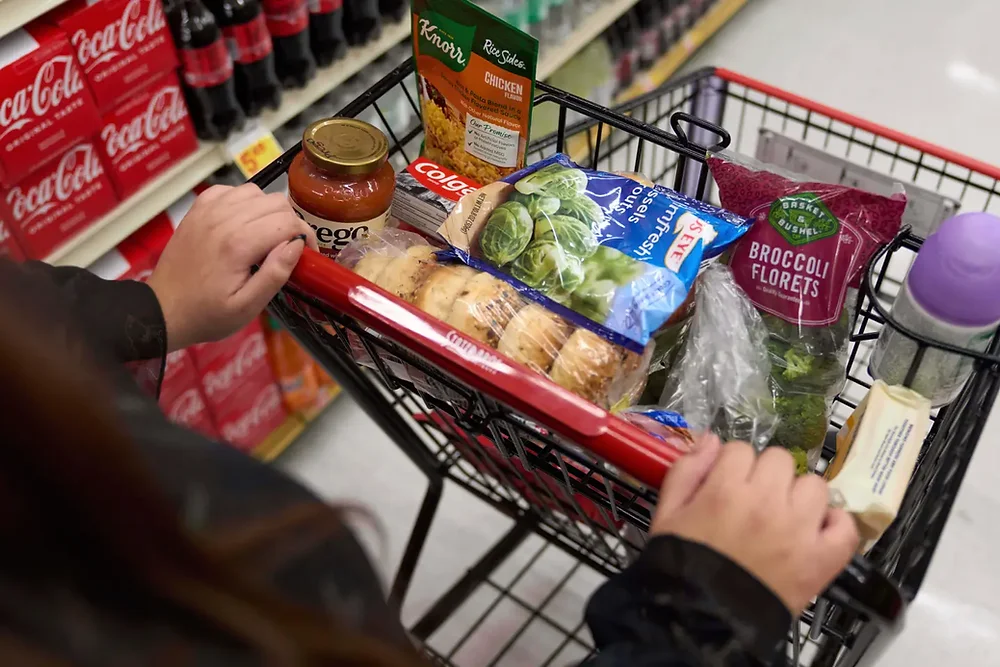


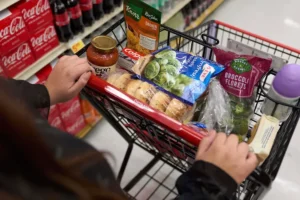
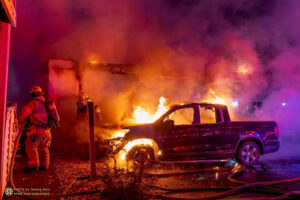

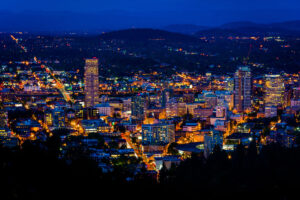
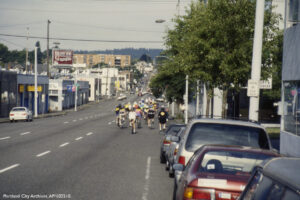
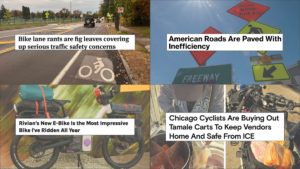
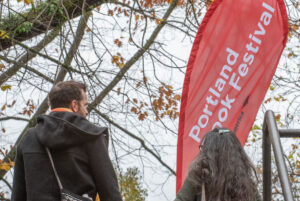

Post Comment